In an era defined by individuality and self-expression, the “one-size-fits-all” approach to consumerism is rapidly becoming obsolete. Consumers are increasingly seeking products and experiences that resonate with their unique tastes and preferences. This paradigm shift has given rise to the “me-commerce” revolution, where customization and personalization are not just value-added features but core components of the consumer journey. This article explores the transformative power of customization and personalization, examining its impact across industries and its implications for the future of consumerism.
The Rise of the Individualized Consumer
Several factors are driving the demand for customization and personalization:
- The Digital Age: The internet and social media have empowered consumers to curate their own identities and express their individuality.
- The Desire for Uniqueness: Consumers are seeking products and experiences that set them apart from the crowd, fostering a sense of exclusivity and ownership.
- The Expectation of Relevance: Consumers expect brands to understand their needs and preferences, delivering personalized experiences that are relevant and meaningful.
- The Availability of Technology: Advancements in technology, such as AI, 3D printing, and digital printing, have made customization and personalization more accessible and affordable.
The Spectrum of Customization and Personalization
Customization and personalization exist on a spectrum:
- Customization: This involves allowing consumers to modify products or services based on pre-defined options, such as choosing colors, sizes, or materials.
- Personalization: This involves tailoring products or services to individual consumer preferences, based on data analysis and predictive algorithms.
Benefits for Consumers and Businesses
- Enhanced Customer Satisfaction: Personalized experiences and customized products create a sense of ownership and satisfaction, leading to increased customer loyalty.
- Increased Engagement: Personalized recommendations and interactive customization tools engage consumers, increasing their time spent with a brand.
- Higher Conversion Rates: Personalized product recommendations and targeted offers can significantly increase conversion rates.
- Reduced Returns: Customized products are less likely to be returned, reducing costs and improving efficiency.
- Data-Driven Insights: Personalization provides valuable data on consumer preferences and behavior, enabling businesses to optimize their products and marketing strategies.
Applications Across Industries
- Fashion: Consumers can design their own clothing, shoes, and accessories, choosing fabrics, colors, and styles that reflect their personal tastes.
- Beauty: Personalized skincare and makeup products are formulated based on individual skin types and preferences.
- Food and Beverage: Consumers can create customized meal plans, personalized coffee blends, and bespoke snacks.
- Automotive: Consumers can design their own cars, choosing interior and exterior features that match their preferences.
- Home Decor: Consumers can create customized furniture, wall art, and home accessories.
- Technology: Personalized software, apps, and digital experiences are tailored to individual user needs and preferences.
The Role of Technology
- AI and Machine Learning: AI algorithms analyze customer data to predict preferences and deliver personalized recommendations.
- 3D Printing: 3D printing enables the production of customized products on-demand, from personalized jewelry to bespoke medical devices.
- Digital Printing: Digital printing allows for the production of customized textiles, packaging, and other printed materials.
- Augmented Reality (AR): AR enables consumers to visualize customized products in their own environment, such as trying on virtual clothing or placing virtual furniture in their homes.
- Data Analytics: Data analytics tools are used to collect and analyze customer data, providing insights that drive personalization strategies.
Challenges and Considerations
- Data Privacy and Security: Collecting and using customer data for personalization raises privacy concerns. Businesses must ensure that data is collected and used responsibly and ethically.
- Cost and Complexity: Implementing customization and personalization strategies can be complex and expensive.
- Scalability: Scaling personalized experiences to a large customer base can be challenging.
- Maintaining Authenticity: Balancing personalization with brand authenticity is crucial. Consumers should feel that their individuality is valued, but not at the expense of the brand’s core values.
- Ethical Considerations: Algorithmic bias and the potential for manipulation must be addressed to ensure that personalization is used ethically.
The Future of Customization and Personalization
The future of customization and personalization is bright, with the potential to transform the consumer experience in profound ways. As technology continues to evolve, we can expect to see even more sophisticated and seamless personalization strategies.
Conclusion
Customization and personalization are no longer optional extras but fundamental components of the modern consumer experience. By embracing these strategies, businesses can create deeper connections with their customers, drive engagement, and foster loyalty. As technology continues to advance, the “me-commerce” revolution will only accelerate, shaping the future of consumerism.
Frequently Asked Questions (FAQs)
- What is customization?
- Customization involves allowing consumers to modify products or services based on pre-defined options.
- What is personalization?
- Personalization involves tailoring products or services to individual consumer preferences, based on data analysis and predictive algorithms.
- What are the benefits of customization and personalization for consumers?
- Enhanced satisfaction, increased engagement, and a sense of uniqueness.
- What are the benefits of customization and personalization for businesses?
- Increased sales, reduced returns, data-driven insights, and improved customer loyalty.
- What industries are embracing customization and personalization?
- Fashion, beauty, food and beverage, automotive, home decor, and technology.
- What technologies enable customization and personalization?
- AI, 3D printing, digital printing, AR, and data analytics.
- What are the challenges of implementing customization and personalization?
- Data privacy, cost and complexity, scalability, and maintaining authenticity.
- How can businesses ensure data privacy when implementing personalization strategies?
- By being transparent about data collection and usage, obtaining informed consent, and implementing robust security measures.1
- How can businesses balance personalization with brand authenticity?
- By ensuring that personalization efforts align with the brand’s core values and maintain a consistent brand identity.
- What is the future of customization and personalization?
- The future holds even more sophisticated and seamless personalization strategies, with the integration of advanced technologies.
- How does AI enhance personalization?
- AI algorithms analyze customer data to predict preferences and deliver personalized recommendations.
- How does 3D printing enable customization?
- 3D printing allows for the production of customized products on-demand.
- How does augmented reality enhance product customization?
- AR allows consumers to visualize customized products in their own environment.
- How important is data analytics in customization and personalization?
- Data analytics is crucial for collecting and analyzing customer data, providing insights that drive personalization strategies.
- How can small businesses leverage customization and personalization?
- By using affordable technologies and focusing on niche markets with specific customer needs.
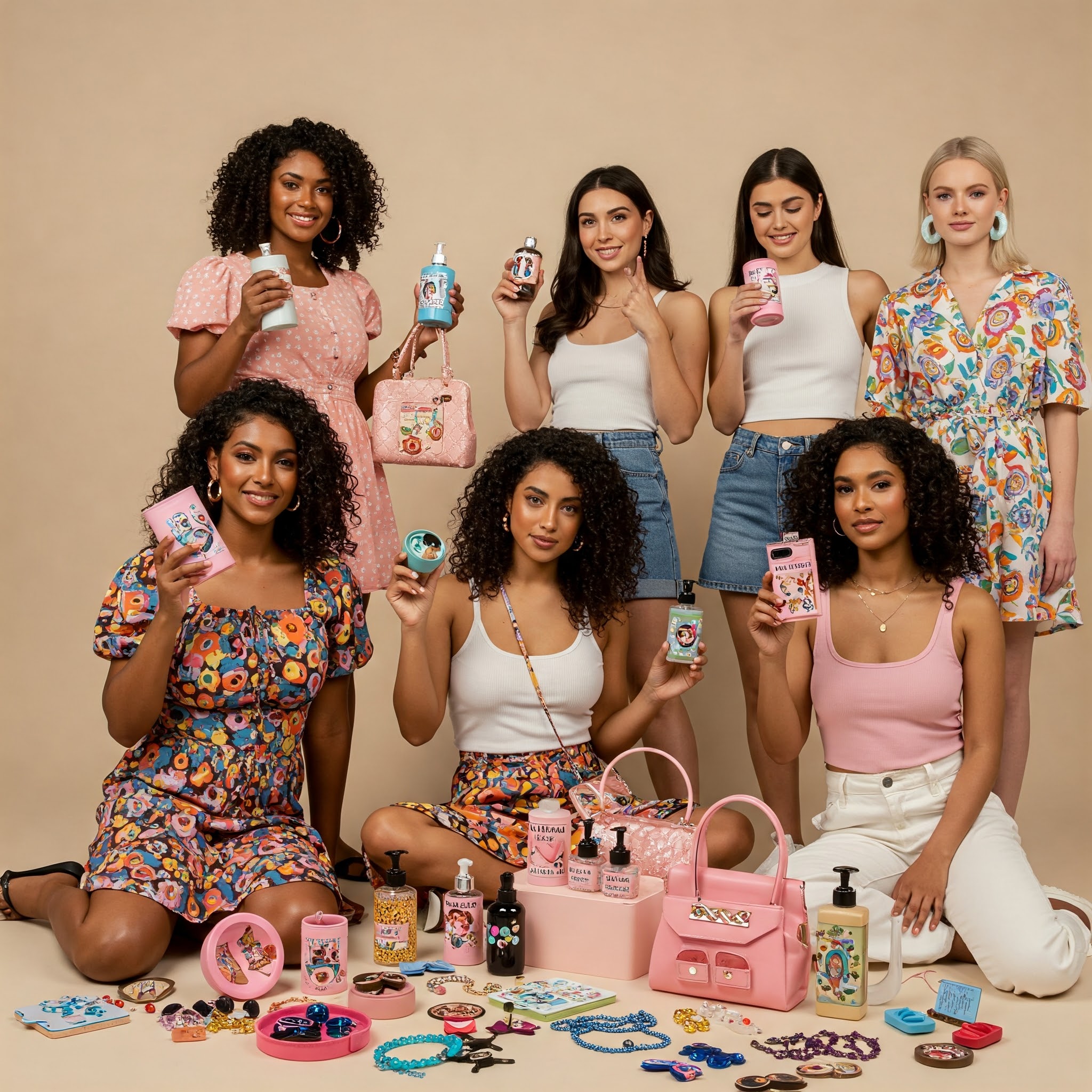

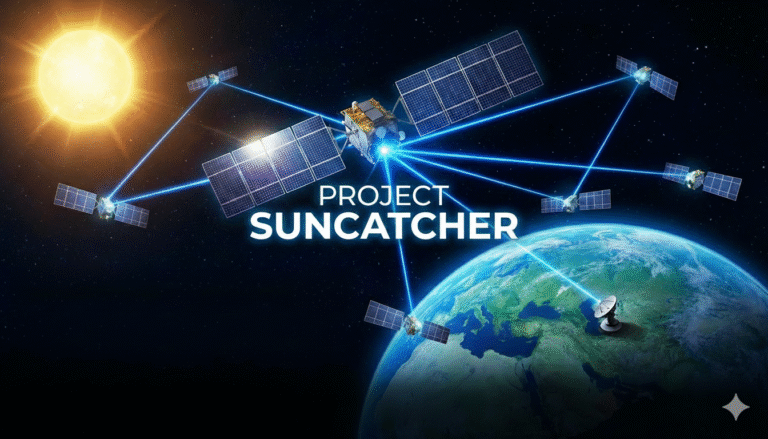
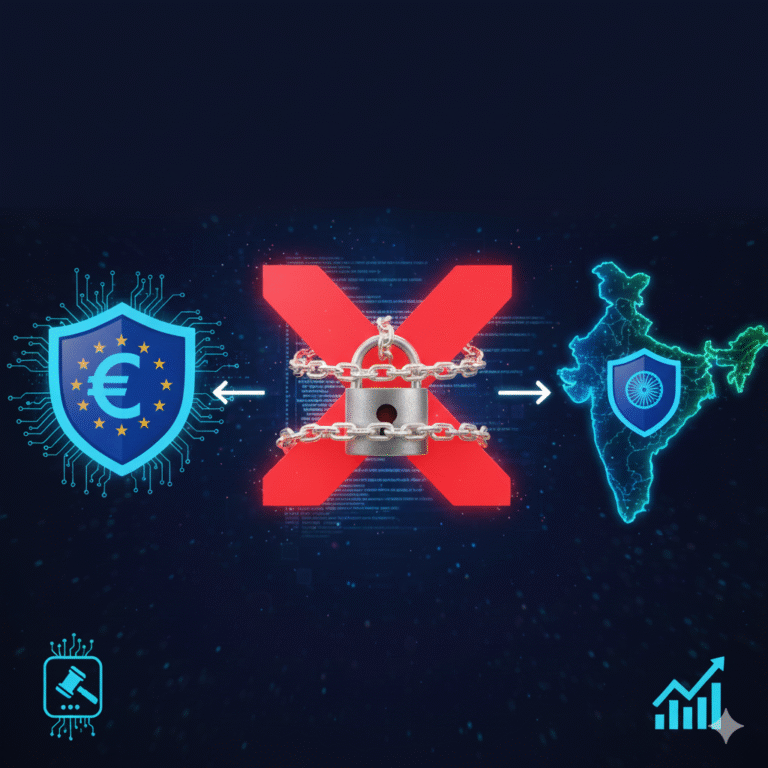
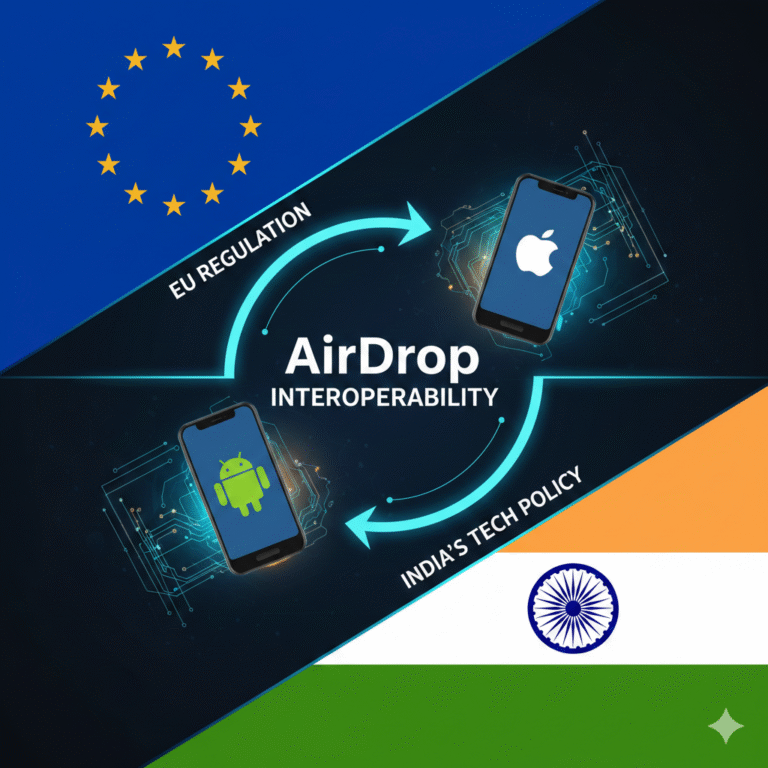


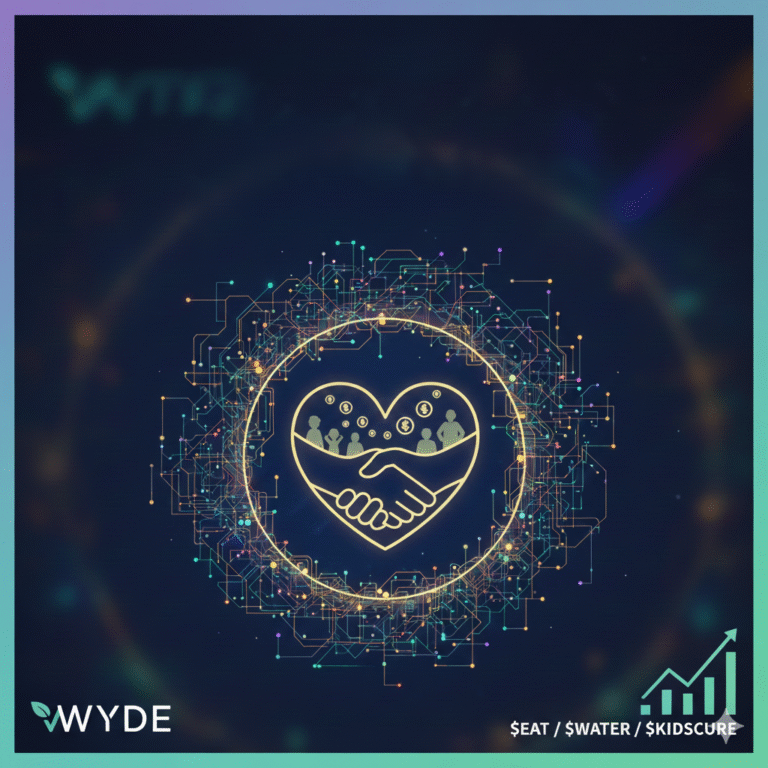


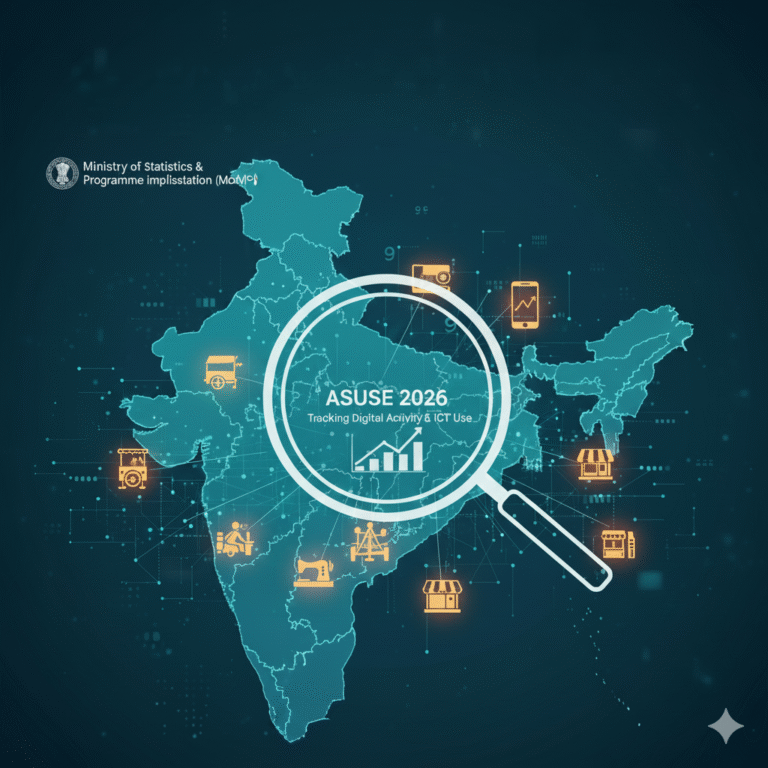
+ There are no comments
Add yours